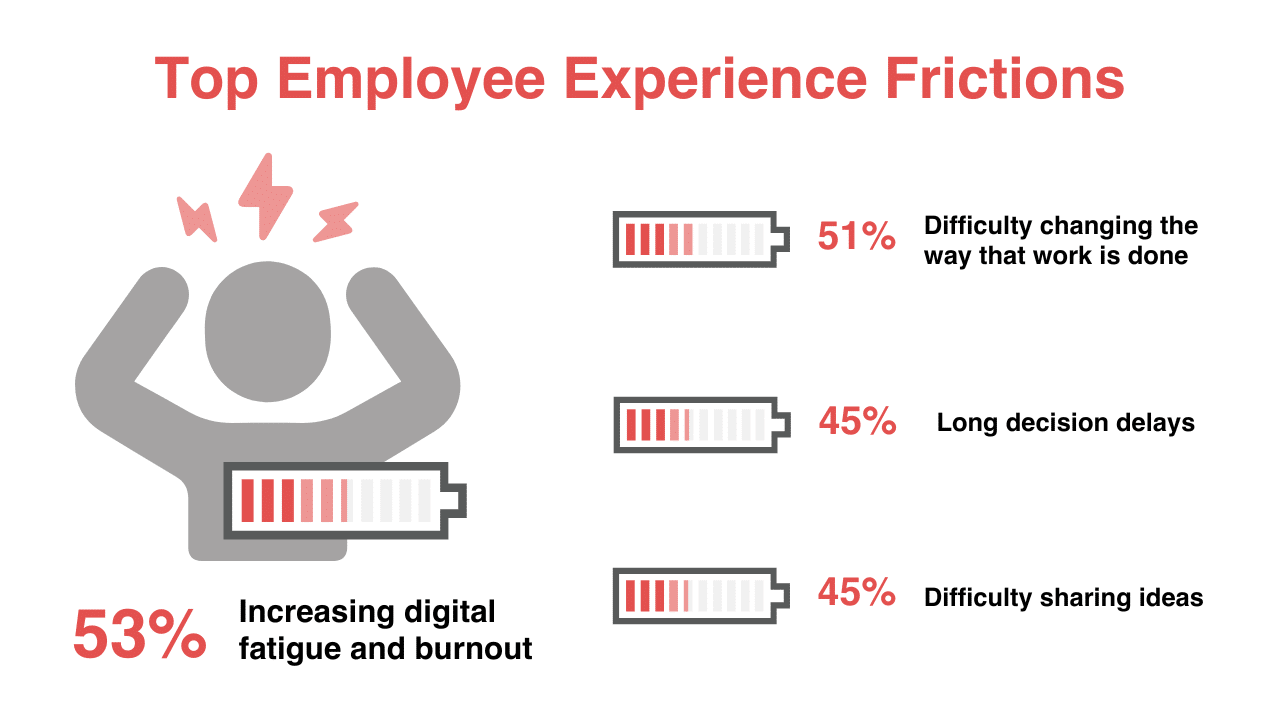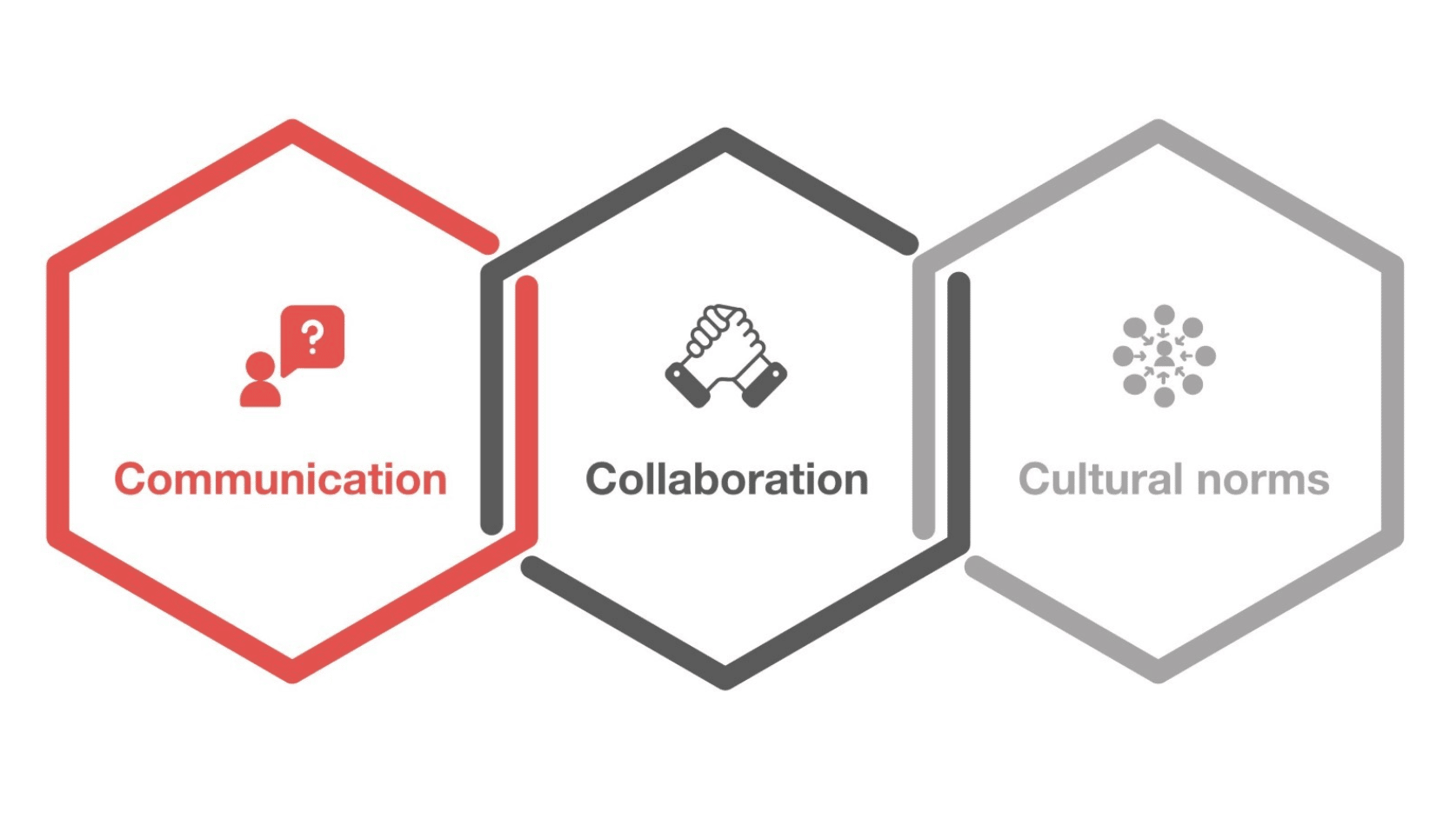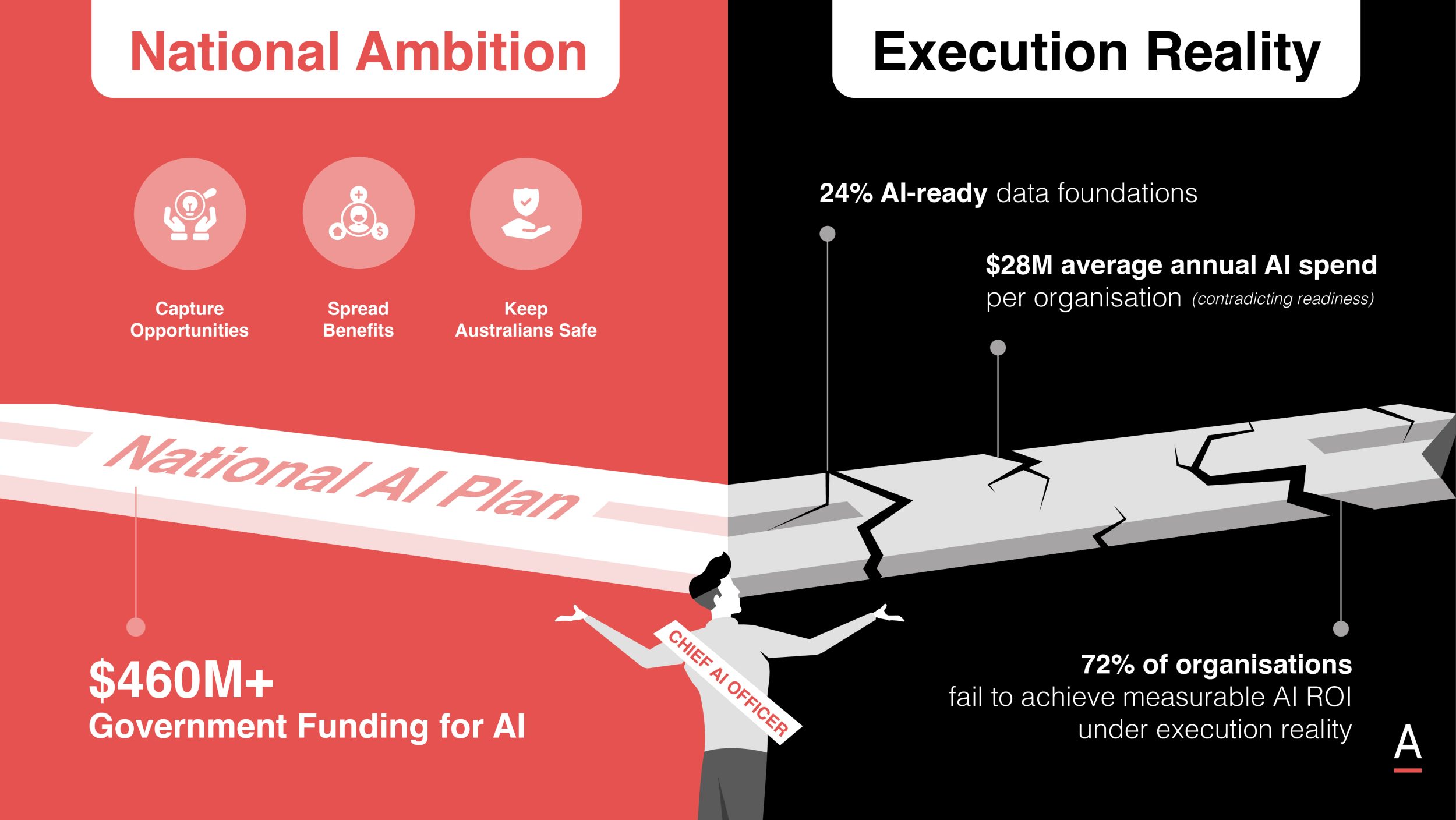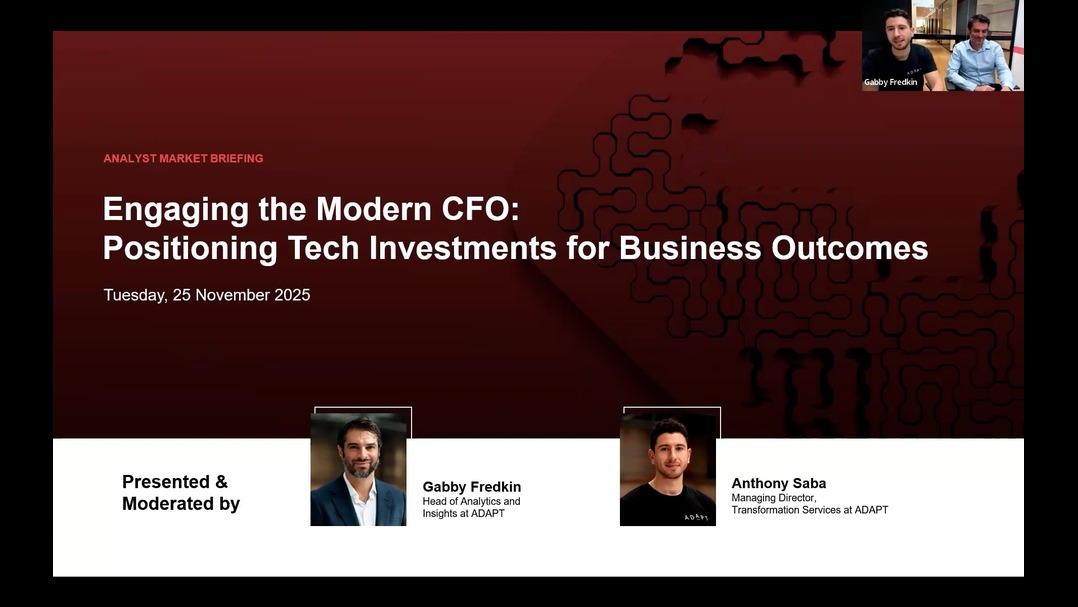From Reactive to Purposeful: Designing the Connected Workplace
Successful businesses will adopt the concept of the connected workplace, inspiring their teams to collaborate on creative problem-solving, prototype ideas, and iterate until they have the optimal solution.
Market Trend: The way we work, meet, and collaborate has changed
A connected workplace that encourages cooperation and supports quick problem-solving is essential for success in today’s fiercely competitive industry.
The changing needs of consumers calls on businesses to be agile with their strategy, as they navigate the digital environment to find better ways of providing value.
Successful businesses will adopt the concept of the connected workplace, pushing their teams to collaborate on creative problem-solving, prototype ideas, and iterate until they have the optimal solution.
These organisations can stay ahead of the curve and provide the kind of value that brings customer satisfaction by embracing modern technology and platforms that enable effective collaboration and communication to a decentralised workforce.
The digital economy will be highly competitive, and only the businesses that can develop a connected workplace will be able to thrive.

The traditional ways of communication and physical workspaces have yet to cut it when it comes to supporting future demands.
Business leaders must embrace the reality of a distributed workforce, and leverage opportunity from the diverse backgrounds and skills that come from it.
Australian and New Zealand businesses substantially increased the number of connected workplaces between 2019 and 2020.
The remote workforce increased from 12% in 2019 to 73% in September 2020 due to the initial response to the pandemic’s outbreak and subsequent responses.
While this decreased slightly to 72% in February 2022, how that percentage will change over time is still being determined.
ADAPT estimates that 53% of workers in the knowledge and services sectors are working remotely.
ADAPT’s Research and Advisory Clients can access strategies to overcome friction in the connected workplace in the full report, Three Areas to Invest in to Improve the Connected Workplace.

Three areas of importance to the connected workplace
Although the transition to hybrid workplaces began due to the pandemic, enterprises can now accept remote working arrangements as the new norm.
This necessitates a deliberate strategy prioritising technology, communication, and culture to create a connected workplace.
Organisations may establish an environment that encourages successful collaboration, facilitates seamless communication, and builds a feeling of belonging and purpose among remote and in-person employees by concentrating on these areas.
Friction points fall into three main categories when it comes to establishing the connected workplace:
1. Communication
Email and other non-scalable media and means of communication continue to be overly prevalent. Also, employees need help with communication tools that are difficult to integrate and frequently fail to promote team cohesion.
2. Collaboration
Many workers still need help in several areas:
- Getting the essential knowledge and expertise
- Sharing ideas within the organisation
- Dealing with administrative obligations
- Lacking departmental coordination
3. Cultural Norms
Workers claimed that the present workplace atmosphere left them feeling powerless. This lack of empowerment frequently shows up as difficulties in modifying how work is done, lengthy approval procedures, and digital fatigue and burnout linked to an “always on” mentality.
Organisations are putting more emphasis on these reforms, although financing is still scarce.
Only 26% of organisations will increase funds to support these projects, even while 70% of them say they would concentrate on enhancing connected workplace technologies during the next 12 months.
ADAPT’s Research and Advisory Clients can access strategies to overcome friction in the connected workplace in the full report, Three Areas to Invest in to Improve the Connected Workplace.
Market Opportunity: Invest to differentiate your employee experience in a competitive talent market
Only 18% of local organisations anticipate increase on spending for improving employee experience, while 59% focus on modifying operations to match modern, networked workplaces.
Businesses that are keen on improving employee experience consider creating a fulfilling and engaging workplace a top priority.
This includes aspects like equitable pay, benefits, a work-life balance, chances for professional growth, and other intangible components that make employment pleasant and gratifying. Organisations can recruit and keep top talent, cultivate a happy and engaged staff, and have higher success by prioritising these elements.
On the other hand, using technology and tools that facilitate more productive, streamlined, and collaborative work requires changing processes to meet modern, connected workplaces.
This consists of project management software, collaboration platforms, and cloud computing solutions that enable teams to operate more efficiently together even when not physically present.
Organisations may boost productivity, save operating costs, and improve business outcomes by investing in these tools and technology.
By investing in establishing a connected workplace priority, CIOs can differentiate themselves from their competitorsby investing in partners and solutions that assists the organisation in achieving objectives, boosting productivity, and improving working environment.
Companies can gain by emphasising employee experience in several ways. Employers prioritising employee happiness and well-being are more likely to draw in and keep top talent, stimulate innovation and creativity, and ultimately flourish in their respective industries.
Meanwhile, organisations that neglect improving employee experience are likely to be plagued by high staff turnover and low morale, which leads to decreased productivity.
Today’s employees prioritise occupations that reflect their values, offer chances for fulfillment and belonging, provide flexible and supportive work environments, and use effective and efficient working methods in addition to adequate income.
Companies that put the needs of their staff first are on the road to build a contented workforce, attract and retain great talent, and prosper ultimately.
The future is here and now
The hybrid workplace is not only an idea for the future but a reality. Businesses cannot ignore the difficulties in balancing culture, collaboration, and creativity. Collaboration is required in the modern workplace, and if done correctly, a hybrid model will help the organisation meet consumer demands more effectively.
ADAPT’s Research and Advisory Clients can access strategies to overcome friction in the connected workplace in the full report, Three Areas to Invest in to Improve the Connected Workplace.
























